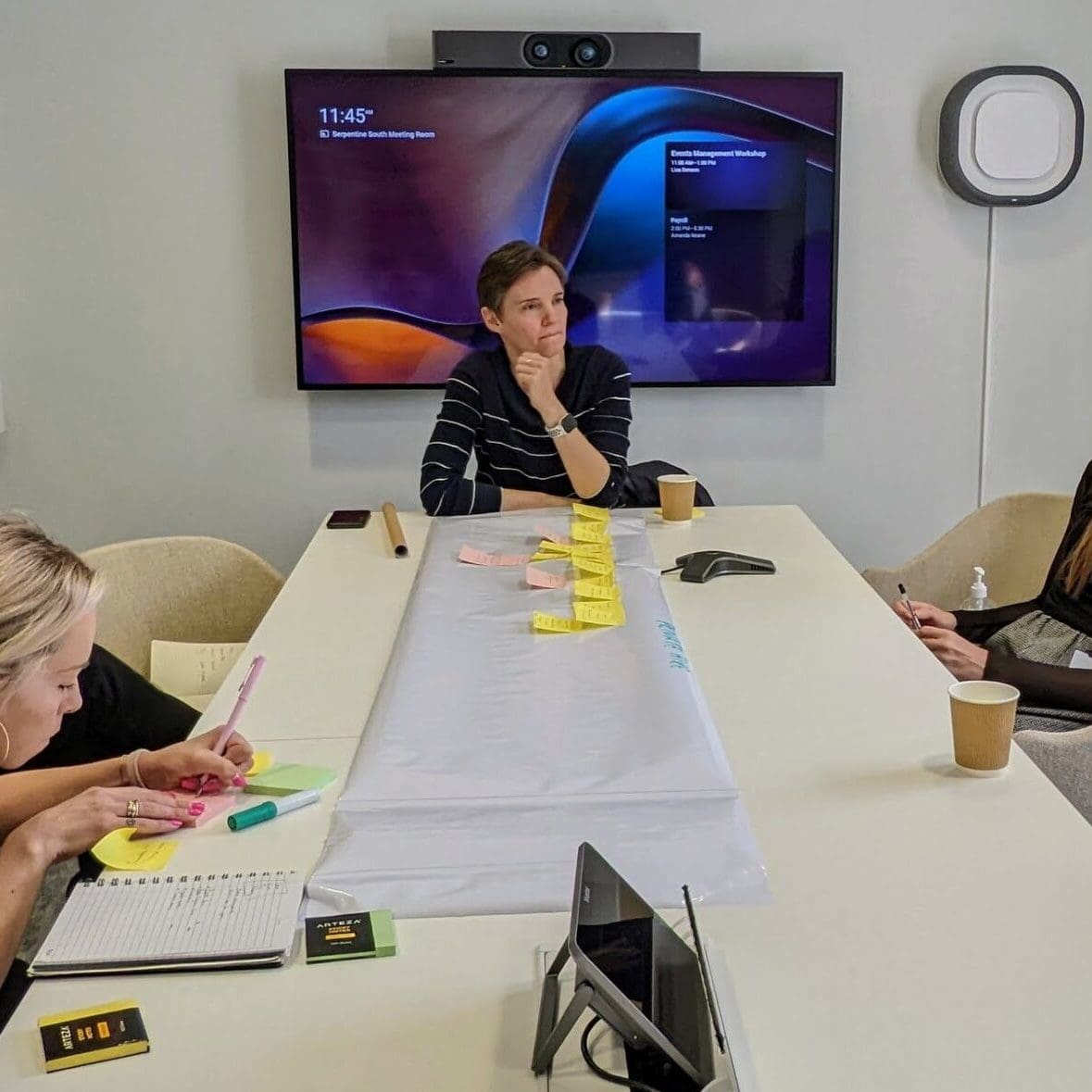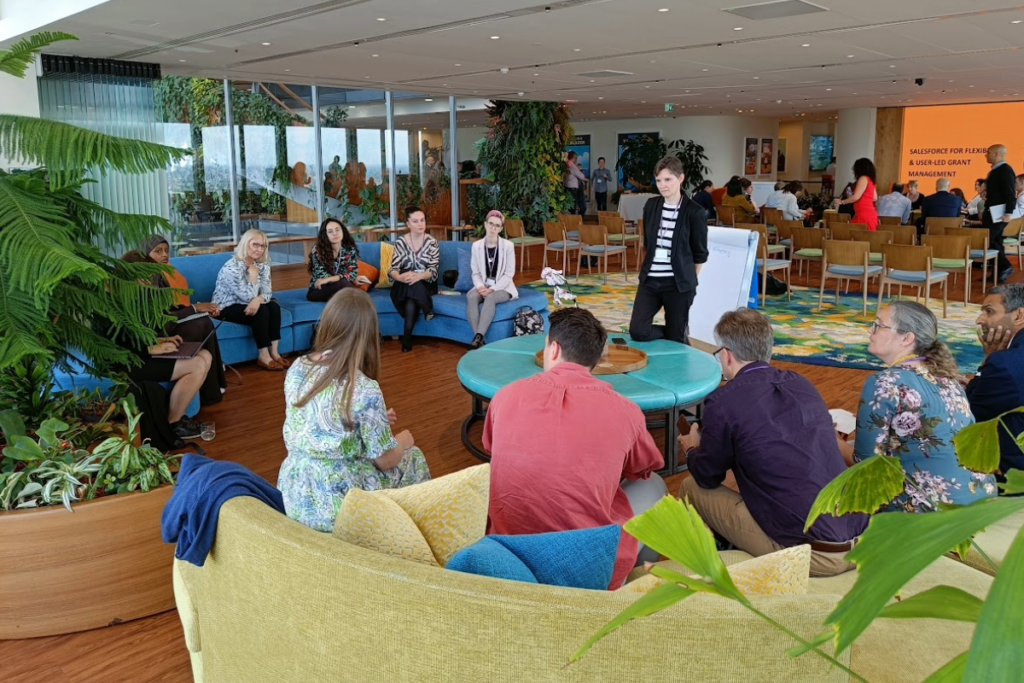Choosing research methods in a User centred approach: Pros and Cons
What is User Research?
User research is the study of real users to find their needs and pain points. Various user researcher methods expose problems and design opportunities. Finding crucial insights to use in the design process is key to a user centred approach. Designers then take the insights and base their design decisions around them using empathic design to provide the best solutions to the problems that real users face.
Qualitative Vs Quantitative Research
There are many different types of research that break down into two main categories. The first category, quantitative research usually involves large numbers of people where we can look at trends within user groups. The other category is qualitative research, which involves fewer participants and provides more focused insights into a specific area of study.
Quantitative Research
Quantitative research is more objective and representative of a broader audience as the sample sizes are typically very large. Quantitative data aims to answer research questions such as ‘what,’ ‘where,’ or ‘when.’ Quantitative data provides a foundation for benchmarking and can help you decide which problem areas to focus on or what areas are performing best.

Quantitative Methods – Pros & Cons
Surveys
Pro – The easiest way of gathering a large amount of feedback
Con – if questions are too open then answers can vary wildly making the analysis difficult. Often this leads to questions often being limited to multiple choice.
A/B Testing
Pro – you can obtain definitive data on what design is working best
Con – A large sample size is needed to be sure to get accurate results
Trends in Data
Pro – Can enable prompt action as issues are highlighted before they turn into a major problem
Con – Without qualitive research often there is not enough evidence to determine the problem
Qualitative Research
Qualitative research is experiential and focused on capturing people’s feelings and views. Qualitative user research includes research methods that collect qualitative data through the direct observation and study of participants. Qualitative data aims to uncover the ‘why’ behind user behaviour and develop a deep understanding of their needs and problems.

Qualitative methods – Pros & Cons
One-on-one interviews
Pro – Flexible approach where questions can be tailored to the answer’s participants give meaning that certain areas can be explored more than other
Con – Time consuming, getting a large enough sample size can be difficult to get meaningful feedback
Focus Group
Pro – This is a quick way to get general impressions of ideas from a group all at the same time. Can capture changing attitudes within a target group such as consumers of a product or service, or attitudes in the workplace.
Con – This can lead to group think where the group agree with the loudest person in the room
Field Study
Pro – You get a greater understanding of how things work by seeing it with your own eyes
Con – There is not much chance to ask questions to understand why something might happen
Diary Studies
Pro – You can get feedback at each stage of the process when the participant is at that stage
Con – The onus is on the participant to commit to giving feedback over days, weeks or even months
Observation in test environment
Pro – You can see how participants doing a task and you can ask them questions at the same time
Con – Time consuming, at least 5 participants are needed to get accurate feedback
It’s best to combine methods
There are pros and cons in which ever research method you choose. As highlighted in this case study using multiple research methods helps you to target the right issues and to understand in detail the problems the users face. The key is knowing the limitations and strengths of each method. Qualitative research’s value links to the number-crunching that is Quantitative data. Each can only provide half of the picture. By using different methods together and showing that one set of insights corroborates the other you get a more robust view of what the users’ needs and problems are.
Case Study – Using multiple methods to improve an online form
When making improvements to online forms, monitoring the frequency of validation errors is a great way to tell where users are having difficulties filling in the form.
In this example, after accessibility testing an application form, changes were made to the postcode look up to improve screen reader accessibility. However, after the implementation the stats showed there was a high validation error rate for the postcode look up.
We began by using Hotjar, a powerful tool that through live user recording reveals online behaviour. Hotjar showed us that some users were missing the initial search button and others were missing the confirm address and weren’t clicking the button to approve the address after the drop down was selected. We changed the link from a text link to show as more of a button and there was an improvement, but it wasn’t significant.
Find address illuminated once a valid postcode is entered

‘Choose address’ changed from link text to a button

We followed this with a round of observed usability testing. Each user had a problem with the postcode lookup and although we had seen what was happening the test allowed us to ask why. The most common reason was participant’s previous experience had taught them that once they had selected the drop down that no confirmation was needed and so they were not looking for it at all and skipped over it completely. Also, the language of ‘Choose address’ was confusing and ambiguous. Once they understood what the button was for, participants gave alternative naming suggestions like ‘Confirm address’ or ‘Save address’.
To solve the issue, we took a “one thing per page” approach and instead of making in dynamic elements we split them across pages. So, instead of using a confirmation button the continue button provides that functionality – this ensured that usability and accessibility was of the highest standard. This was borne out in the stats when the validation error rate reduced in line with typical data entry errors.
Postcode lookup split across 3 pages

In product design, it is important to look at the users’ needs and problems from as many angles as possible. Gathering real user data and talking to real users helps to build a complete picture that designers can take to create a truly user centred approach.
Why not get in touch
I hope you’ve enjoyed reading this blog. If you’d like to discuss anything that I’ve covered, or are interesting in working with Hyphen8 to improve your services, you can drop me a line at tim.mcgraw@hyphen8.com






